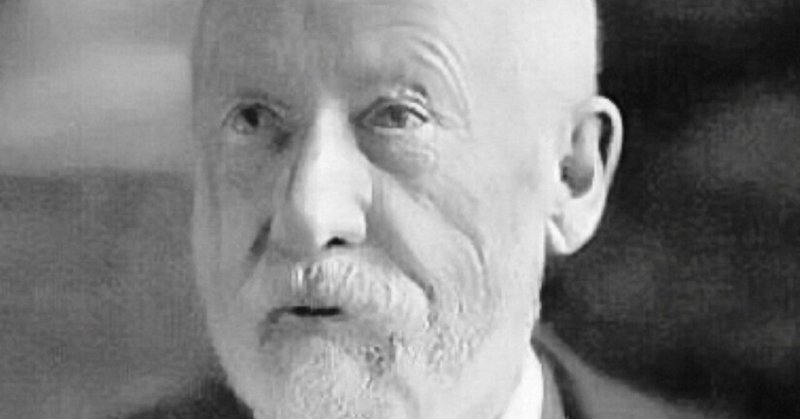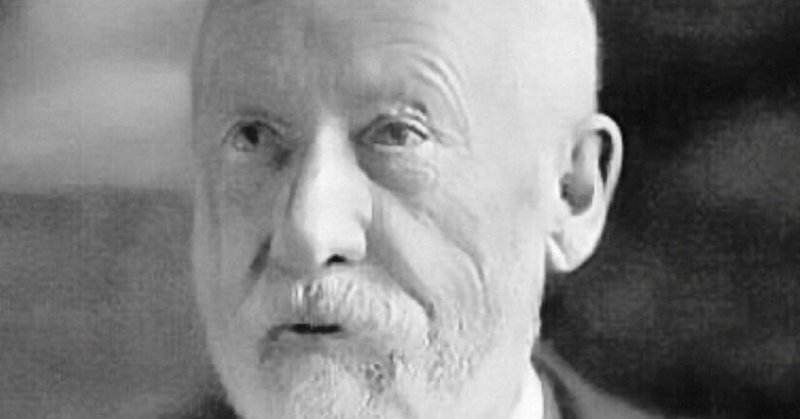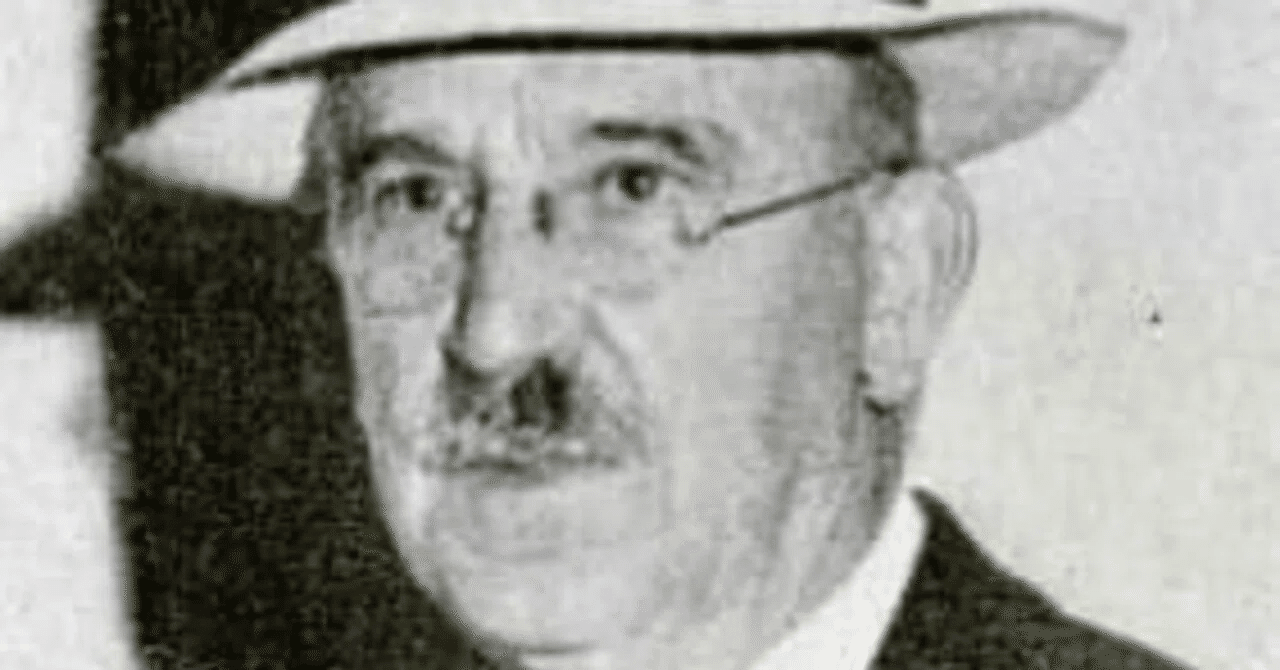最近の記事
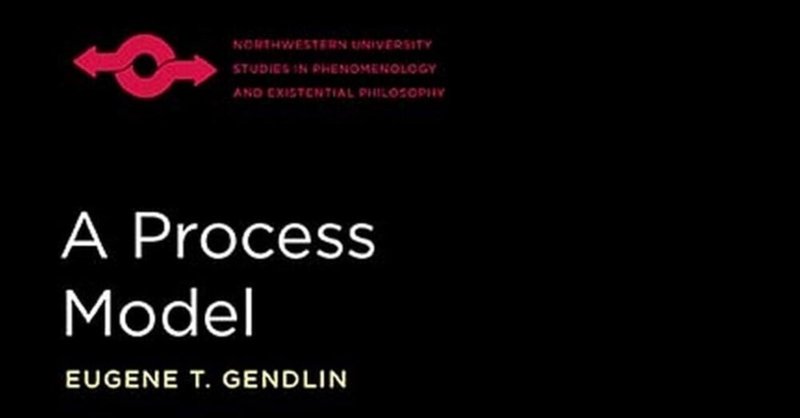
Collection of links: North American Philosophical Roots of “A Process Model” (Gendlin, 2018)
Three North American philosophers who preceded GendlinIn “A Process Model (APM)” (Gendlin, 2018), various philosophers who preceded Gendlin are mentioned, either directly or indirectly. In ancient philosophy, Plato and Aristotle are mentio
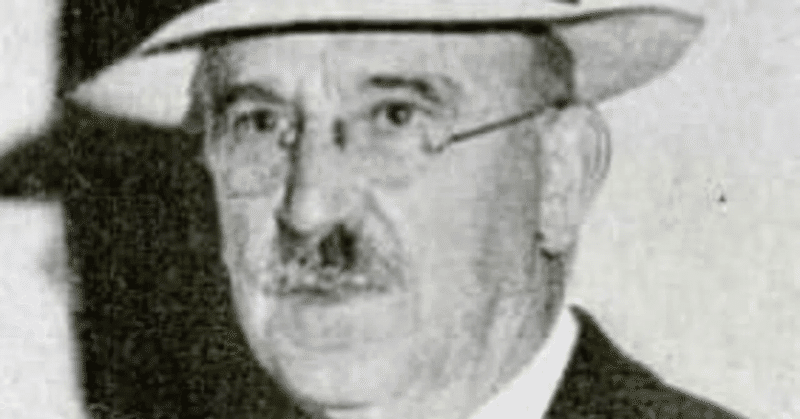
Pragmatistic origin of Gendlin's en#0: with reference to Dewey and Mead
In “A process model,” en#0 is mentioned less often than en#2 and en#3. Nevertheless, it has been pointed out that “just because it gets rarely mentioned doesn’t mean it is not structurally important.” (Jaaniste, 2021, April). There are many
マガジン
記事

A Preliminary Examination of the Concept of "Object": From G. H. Mead to Gendlin in the 1980s
In the early 1980s, Gendlin began a preliminary examination of what an “object” is to living processes. By “preliminary,” I mean that at that time, Gendlin was examining only objects for animals that had acquired perception and behavior, fo
-
-

Dewey's position towards the “spectator” and Gendlin's position towards the "idealized observer": based on their views of old and new physics
Gendlin wrote a paper on physics with its expert in 1983. In it, the modern quantum theory that has replaced classical physics is briefly described as follows: This view of quantum theory as an interactional idea did not begin with Gendlin






